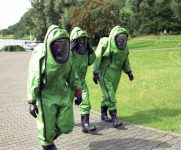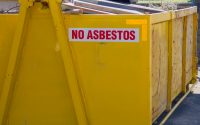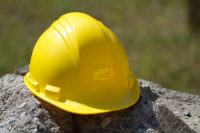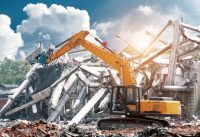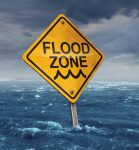7 Steps for an Effective HazMat Training Program
DOT’s Hazardous Materials Regulations (HMRs) require that hazmat employees receive “adequate training” for their specific job duties. As a hazmat employer, you are left in the dark as to what “adequate training” actually means. As a matter of fact, DOT has written a letter of interpretation that states the agency’s position on the meaning of […]

